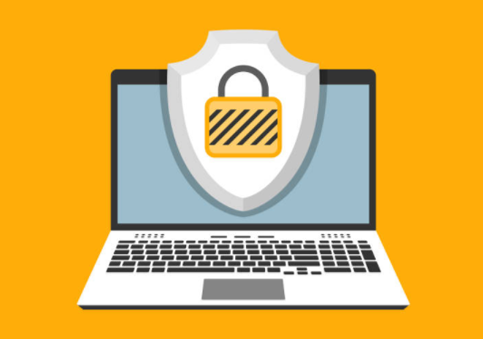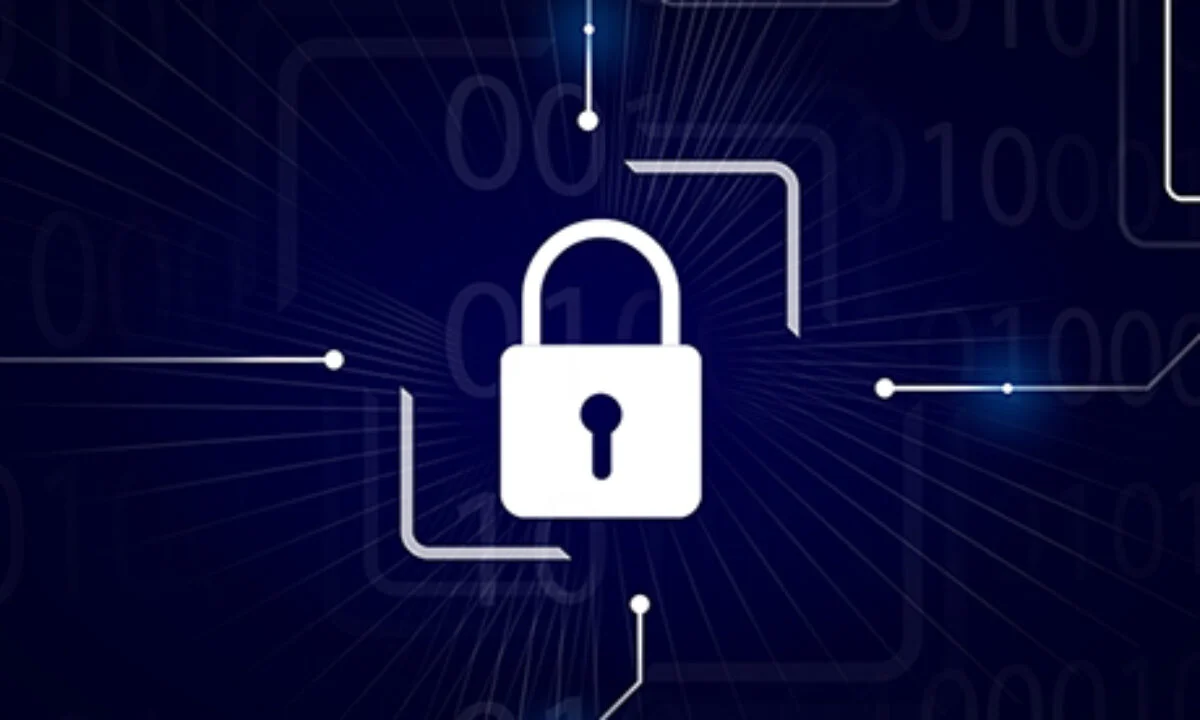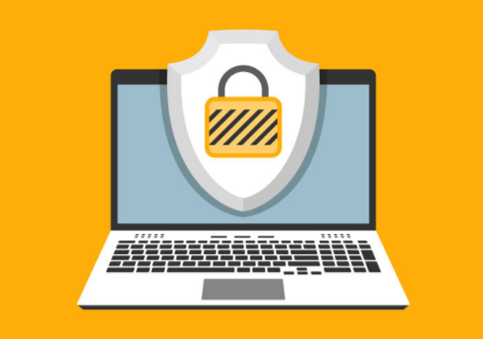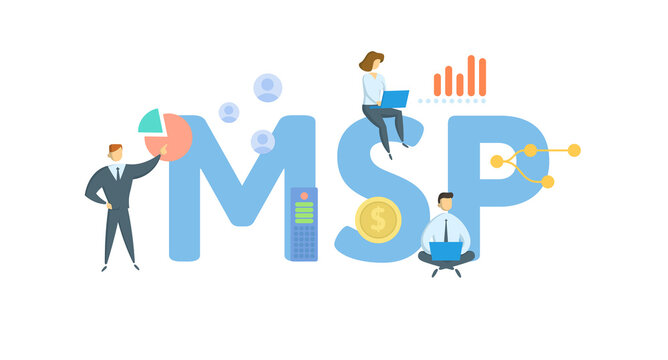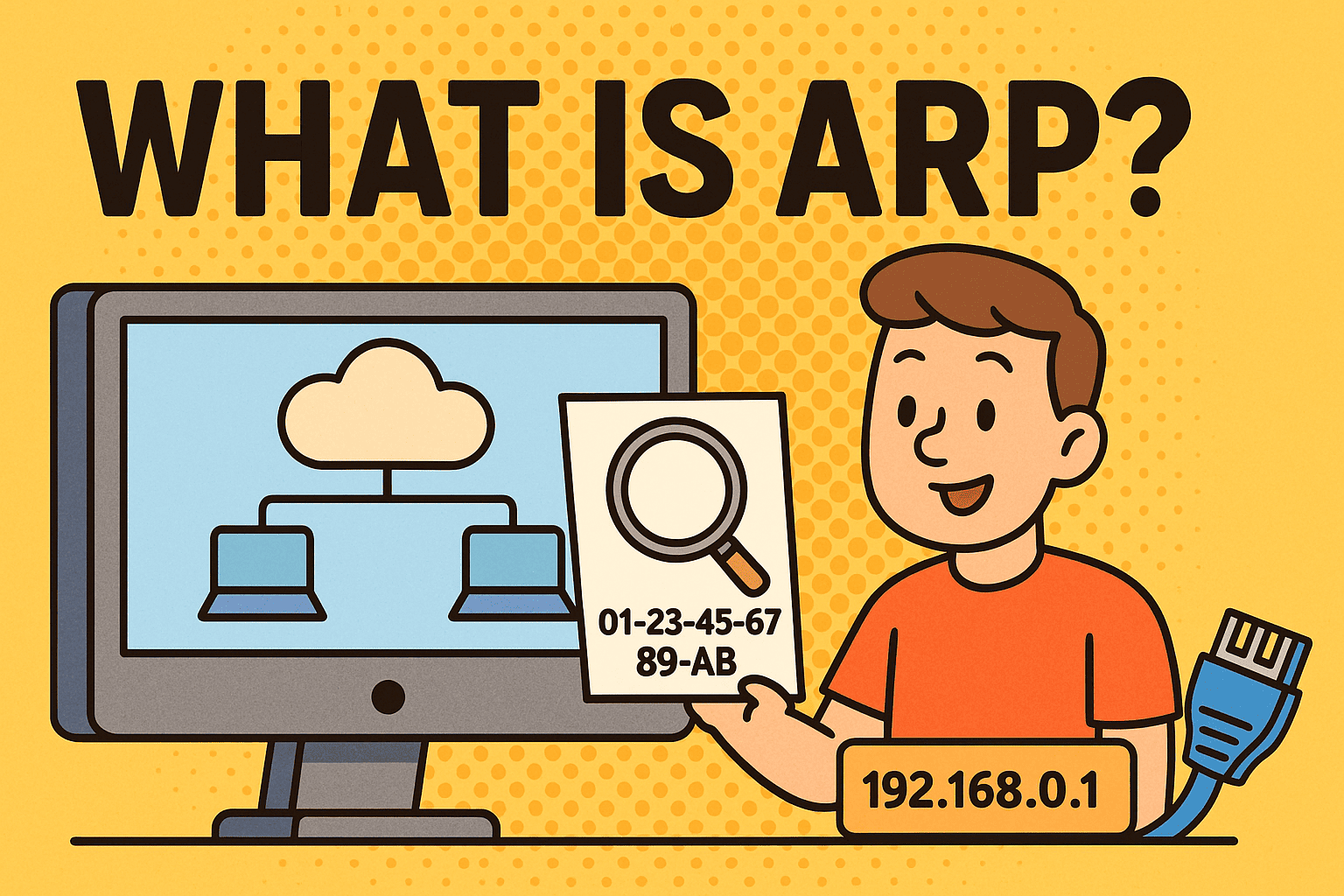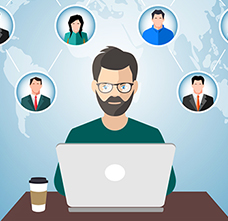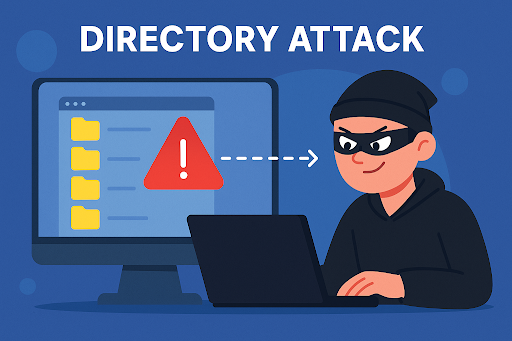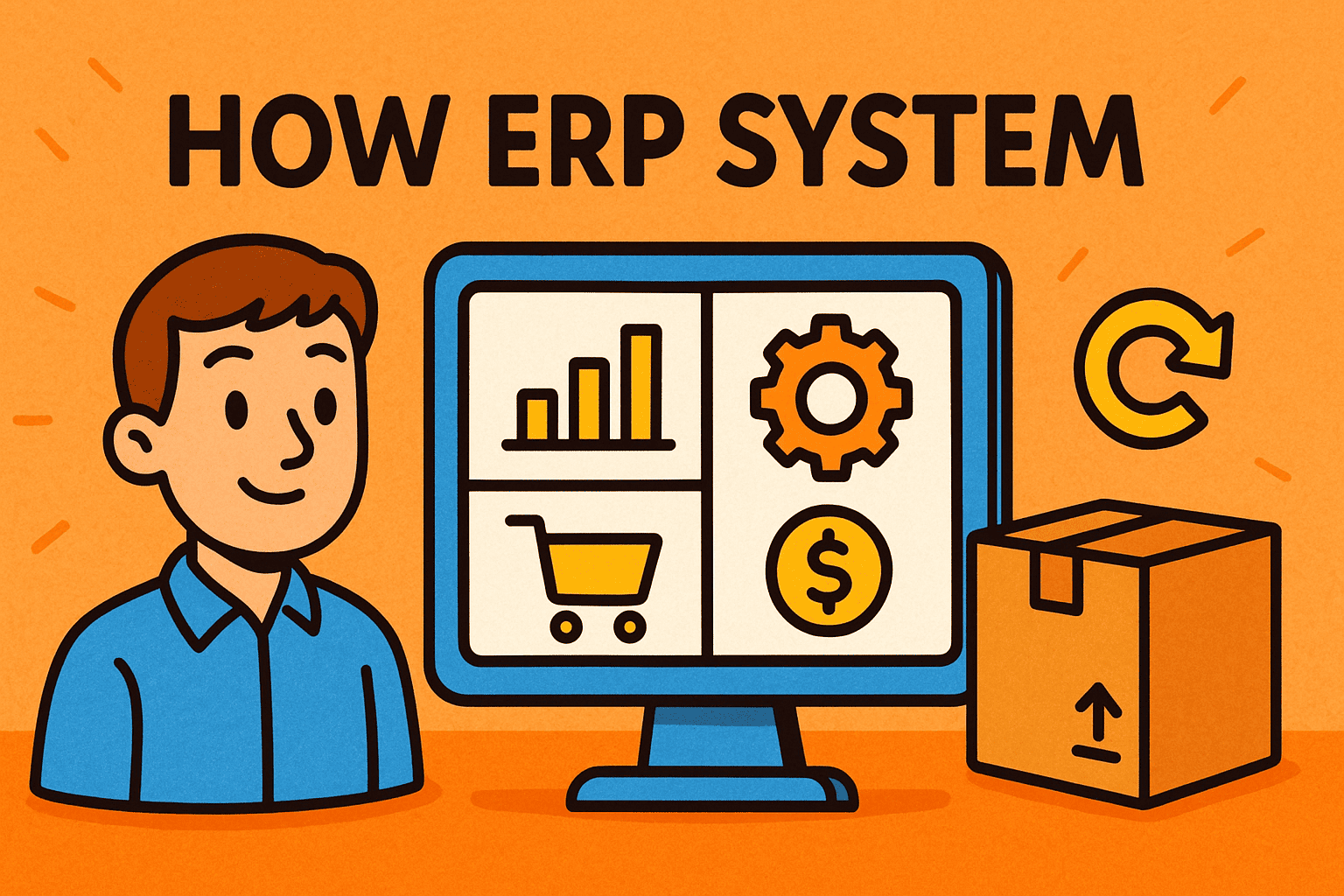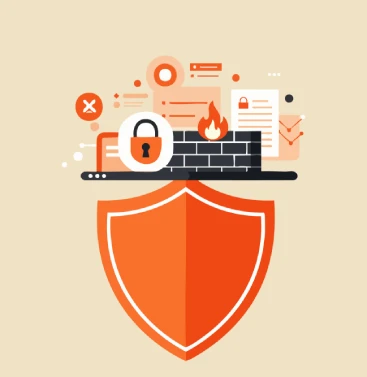What Is My Operating System? Understanding the Core of Your Digital World
Updated on November 4, 2025, by Xcitium
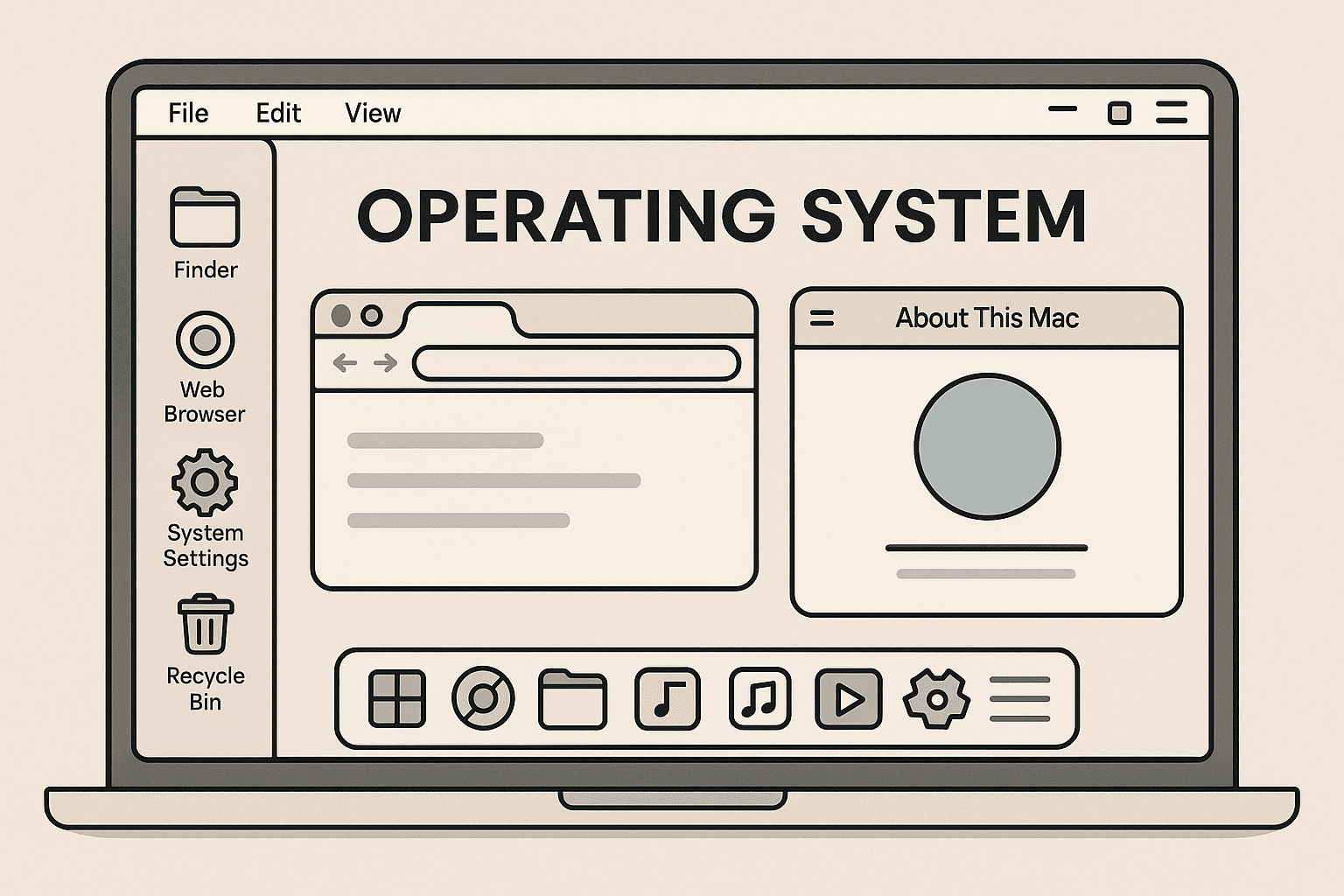
Have you ever asked yourself, “What is my operating system?” You’re not alone. Every computer, smartphone, or smart device you use runs on an operating system (OS) — the silent powerhouse that manages your hardware, applications, and data.
In 2025, knowing your OS isn’t just about tech curiosity — it’s a necessity for cybersecurity, productivity, and compatibility. Whether you’re troubleshooting a device, installing new software, or protecting your network, understanding your operating system helps you make smarter, safer decisions.
In this article, we’ll break down what an operating system is, how it works, how to identify yours, and why it plays a critical role in digital security and IT management.
What Is an Operating System (OS)?
An operating system (OS) is the foundational software that manages a computer’s hardware, software, and user interactions. It acts as the bridge between you and your device, allowing applications to run smoothly and resources to be allocated efficiently.
Without an OS, your device would be nothing more than a pile of components with no way to communicate or function.
In Simple Terms
The OS is the “brain” that coordinates everything — from booting up your computer to running applications, handling memory, and managing files.
Examples of popular operating systems include:
-
Windows (Microsoft)
-
macOS (Apple)
-
Linux (Ubuntu, Debian, Fedora, etc.)
-
Android (Google)
-
iOS (Apple)
How Does an Operating System Work?
Your OS performs countless tasks in the background every second. To understand its importance, let’s break down its core functions:
1. Process Management
The OS decides which processes run, how long they run, and how system resources are distributed — ensuring smooth multitasking.
2. Memory Management
It allocates and tracks system memory (RAM) usage so multiple programs can run without interference.
3. File System Management
The OS organizes, stores, and retrieves data from storage devices — controlling how files are read, written, and saved.
4. Device Management
It manages communication between hardware (keyboard, mouse, printer, etc.) and software via device drivers.
5. User Interface (UI)
This includes the graphical user interface (GUI) — the desktop, icons, and menus that let users interact with their devices.
In essence, the OS keeps your digital environment stable, efficient, and secure.
Why It’s Important to Know Your Operating System
Understanding what your operating system is goes beyond tech curiosity — it directly impacts your security, software compatibility, and performance.
1. Security Updates
Different operating systems have distinct update cycles and vulnerabilities. Knowing your OS ensures you install critical patches and stay protected from malware.
2. Software Compatibility
Some applications work only on specific operating systems. For instance, macOS software might not run on Windows without special tools.
3. Troubleshooting & Support
When seeking IT help, you’ll often be asked: “What operating system are you using?” — the answer determines the solution path.
4. Device Management in IT Environments
For IT managers, identifying and managing operating systems across an organization ensures compliance and proper endpoint security.
5. Cybersecurity Defense
Different OS platforms face different attack vectors. Tailoring your security measures to your OS strengthens overall resilience.
How to Check What Operating System You’re Using
Identifying your operating system is easy — here’s how to find out across popular devices:
🪟 Windows
-
Press Windows + R to open the Run dialog box.
-
Type winver and press Enter.
-
A window will show your Windows version, edition, and build number.
Example: Windows 11 Pro (Build 22631)
🍎 macOS
-
Click the Apple menu () in the top-left corner.
-
Select About This Mac.
-
Your macOS version (e.g., macOS Sonoma 14.3) will appear.
🐧 Linux
-
Open the Terminal.
-
Type:
-
The terminal displays your Linux distribution and version.
Example: Ubuntu 22.04 LTS
📱 Android
-
Go to Settings → About phone → Software information.
-
Look for the Android version number (e.g., Android 14).
📱 iOS (iPhone/iPad)
-
Go to Settings → General → About.
-
The iOS version (e.g., iOS 17.3) is listed under “Software Version.”
Knowing your OS helps with updates, security configurations, and troubleshooting issues efficiently.
Types of Operating Systems
Operating systems come in different types depending on their use and structure.
1. Batch Operating Systems
Early systems that executed jobs in batches without user interaction — mainly used in mainframes.
2. Time-Sharing Systems
Allow multiple users to access a system simultaneously, dividing time slices among tasks.
3. Distributed Systems
Use multiple interconnected computers to share processing power and resources.
4. Embedded Systems
Used in smart devices like routers, ATMs, and IoT gadgets with minimal interfaces.
5. Real-Time Operating Systems (RTOS)
Handle tasks with strict timing — used in aviation, robotics, and industrial machines.
6. Network Operating Systems (NOS)
Manage networked devices and servers — essential for enterprise-level management.
Understanding which type of OS you’re using helps IT professionals optimize performance, scalability, and security for specific environments.
Popular Operating Systems in 2025
1. Microsoft Windows
-
Dominates enterprise environments.
-
User-friendly interface and broad software compatibility.
-
Enhanced security features like Windows Defender and BitLocker.
-
Ideal for both personal and professional use.
2. Apple macOS
-
Known for stability, performance, and design.
-
Built-in security through Gatekeeper and FileVault.
-
Common among creative professionals.
3. Linux (Ubuntu, Debian, Fedora, Kali, etc.)
-
Open-source and highly customizable.
-
Preferred by cybersecurity experts and developers.
-
Offers superior control and security configurations.
4. Android
-
Powers billions of smartphones and IoT devices.
-
Regular security updates and Google Play Protect integration.
5. iOS
-
Apple’s closed ecosystem offers strong privacy controls.
-
Regularly updated to address vulnerabilities.
Each system has strengths and weaknesses depending on the use case — security, performance, or usability.
The Role of the Operating System in Cybersecurity
Your operating system is not just the foundation for apps and hardware — it’s your first line of defense against cyberattacks.
1. Security Patches
Operating systems regularly release updates that fix known vulnerabilities. Failing to update leaves you open to exploits.
2. Access Control
Modern OS platforms implement user authentication, file permissions, and role-based access to prevent unauthorized entry.
3. Encryption
Built-in encryption features like BitLocker (Windows) or FileVault (macOS) safeguard sensitive data from theft.
4. Secure Boot
Ensures only verified software loads during startup, blocking rootkits or tampered firmware.
5. Sandboxing
Separates processes and apps, limiting potential damage from malware.
For IT managers and cybersecurity teams, maintaining OS-level security is essential to Zero Trust architecture and endpoint protection.
Operating System Security Best Practices
To protect your OS and data, follow these actionable steps:
-
Keep Your OS Updated
-
Enable automatic updates to patch vulnerabilities promptly.
-
-
Use Strong Authentication
-
Implement Multi-Factor Authentication (MFA) for user accounts.
-
-
Install Reliable Endpoint Protection
-
Combine OS defenses with real-time threat detection software like Xcitium’s Endpoint Protection.
-
-
Restrict Administrative Privileges
-
Limit access to essential personnel only.
-
-
Encrypt Sensitive Data
-
Use full-disk encryption or secure storage options.
-
-
Backup Regularly
-
Maintain secure cloud or offline backups for disaster recovery.
-
-
Monitor System Logs
-
Use Security Information and Event Management (SIEM) tools to detect anomalies.
-
-
Educate Users
-
Train staff on cybersecurity awareness and phishing detection.
-
By securing the operating system, you’re securing the backbone of every digital interaction in your organization.
Future of Operating Systems
The future of operating systems is AI-driven, cloud-integrated, and security-focused.
1. AI-Integrated OS
AI will automate updates, detect system anomalies, and optimize performance.
2. Cloud-Based Systems
OS functions will increasingly move to the cloud for scalability and remote management.
3. Quantum-Resistant Security
Next-generation OS platforms will incorporate quantum-safe encryption methods.
4. Unified Device Ecosystems
Cross-platform OS integration will allow seamless communication between desktops, mobiles, and IoT devices.
The evolution of operating systems is leading toward smart, self-healing digital environments — where systems predict and fix issues autonomously.
Conclusion: Your Operating System Is the Heart of Your Digital Experience
When you ask, “What is my operating system?” — you’re really asking, “What makes my device work securely and efficiently?”
Your OS defines your system’s performance, compatibility, and protection. By understanding and maintaining it properly, you safeguard not only your data but also your entire digital ecosystem.
👉 Ready to take your cybersecurity and endpoint protection to the next level?
Request a Free Demo from Xcitium and see how cutting-edge technology can keep your operating systems safe and optimized.
FAQs About Operating Systems
1. What does an operating system do?
It manages hardware, runs applications, and provides an interface for users to interact with their devices.
2. How do I find out what operating system I’m using?
You can check through system settings or terminal commands, depending on your device — like winver (Windows) or About This Mac (macOS).
3. Which operating system is the most secure?
Linux and macOS are known for strong security, but Windows 11 with modern protections also provides enterprise-grade safety.
4. Why are OS updates important?
They patch vulnerabilities, improve performance, and enhance compatibility with new applications.
5. What’s the difference between iOS and Android?
iOS is a closed, tightly controlled system by Apple, while Android is open-source and customizable, used by various manufacturers.


